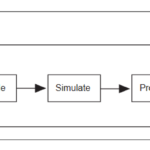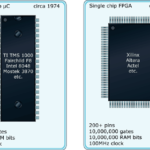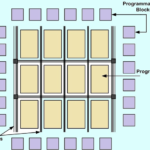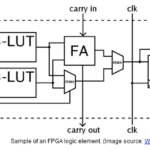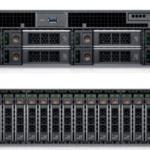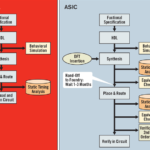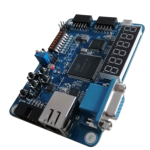FPGA Design Flow The standard FPGA design flow starts with design entry using schematics or a hardware description language (HDL), such as Verilog HDL or…
FPGA programming or FPGA development process is the process of planning, designing and implementing a solution on FPGA. Small processors are, by far, the largest…
An FPGA has three main elements, Look-Up Tables (LUT), flip-flops, and the routing matrix, that all work together to create a very flexible device. Look-Up Tables Look-up…
The FPGA is Field Programmable Gate Array. It is a type of device that is widely used in electronic circuits. FPGAs are semiconductor devices which…
An FPGA is used to implement a digital system, but a simple microcontroller can often achieve the same effect. Microcontrollers are inexpensive and easy to…
Architecturally FPGAs are essentially a sea of gates which can be reconfigured to build almost any digital circuit that one can imagine. This great flexibility…
ASIC stands for Application Specific Integrated Circuit. An ASIC is similar in theory to an FPGA, with the exception that it is fabricated as a…
FPGA stands for “Field Programmable Gate Array“. A field-programmable gate array (FPGA) is an integrated circuit designed to be configured by a customer or a…

